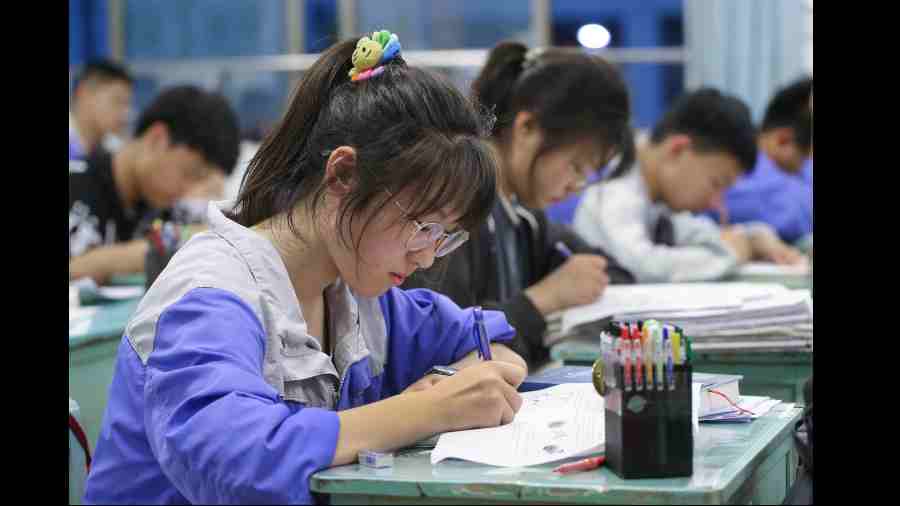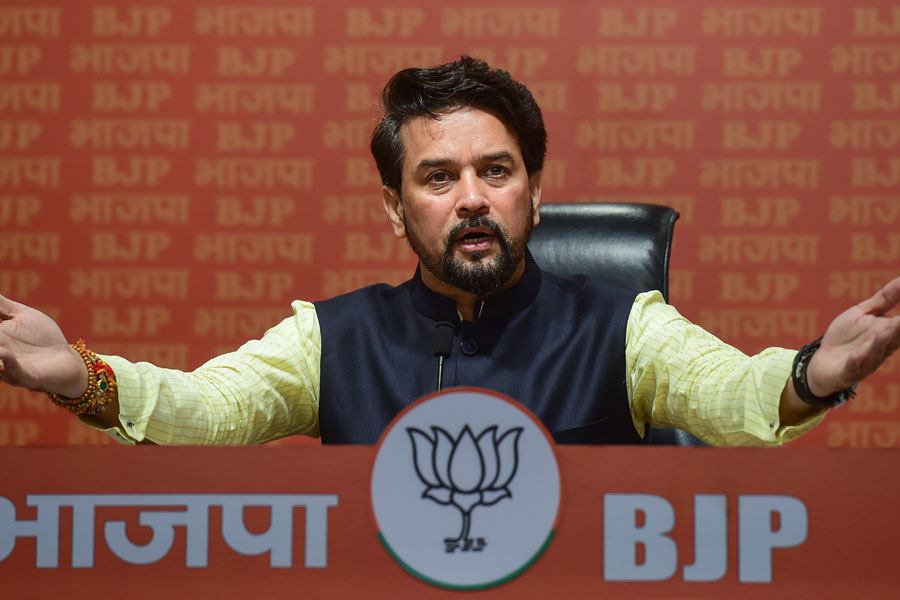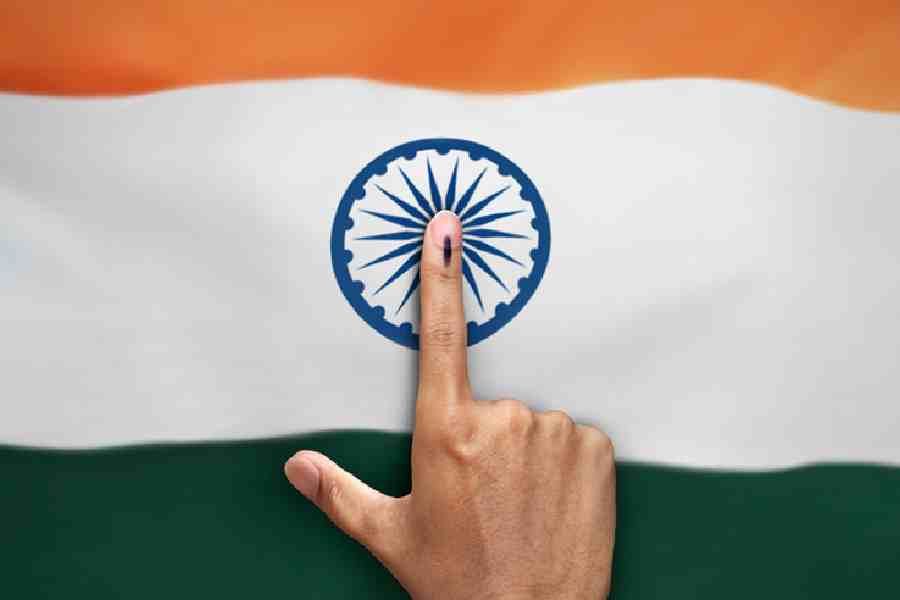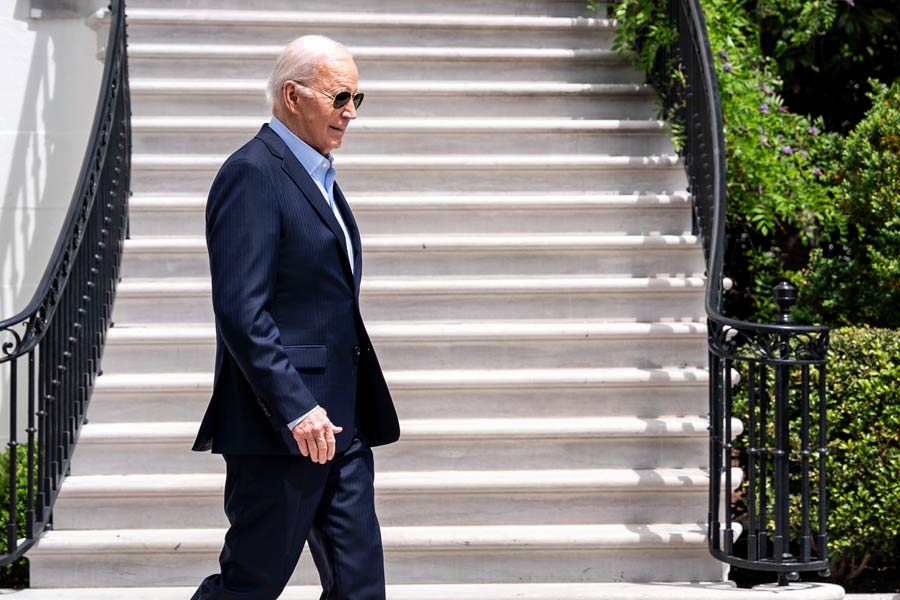One student per classroom, dedicated loops for students to travel in, back-up exam centres — these are some of the preparations that Beijing is putting in place to hold the gaokao, the pre-university exam which will be held across the country on June 7-8. Beijing saw a spurt in Covid-19 cases last month and some areas are still classified as containment zones. Students living there will be taken together to the exam centre to form a safe loop. While they will share a classroom, those coming from a locked down area will have an entire room to themselves.
These arrangements seem mind-boggling, but were put in place last year too, in Guangzhou, where Covid-19 cases were still around when the gaokao was held. Students who had tested positive or were in close contact with positive patients were allowed to write their exam in separate rooms inside hospitals or in hotel rooms where they were quarantined. Afterwards, their exam papers were hung up on a rack and sprayed with disinfectant. Some 241 out of 53,000 students took their exam in such isolation in Guangzhou. More than 800 availed of the shuttle service, wherein each student was picked up by a separate vehicle.
The gaokao must be taken wherever the student’s residence ID is registered, and candidates have been asked to return to their hometowns at least 14 days before the exam so that their health can be monitored. In Tianjin, near Beijing, which still has Covid cases, students must take six RT-PCR tests. In Jiangsu, unaffected by Covid despite being close to Shanghai, the requirement is only one RTPCR test a week. But parents of candidates in Jiangsu must take a test every 48 hours. In Beijing, students and parents have been taking nucleic acid tests every day since May 1.
In 2020, for the first time in decades, the gaokao was held a month after its normal June 7-8 dates, because the entire country was under lockdown till March owing to the coronavirus pandemic that struck that year. Wuhan, where it first struck, was closed till April. Preparations for the exam, which is taken by millions of students, begin in May. This year, only Shanghai, which is still under lockdown, will hold its gaokao in July. Last year, in a bid to reduce the pressure that’s the hallmark of the Chinese education system, the government introduced a “double reduction” policy that forbade private tuition classes from conducting classes on weekends and holidays. Instead, students could stay back in school and complete their homework, and opt for extra-curricular classes in school.
However, this policy applies only to the nine years of schooling that are compulsory, that is, to students of primary and middle school. High school students remained untouched by this reform. The three years of high school continue to be geared towards the gaokao, with the last year a blur of getting up early and drinking black coffee to stay focused till late at night. To make things worse, students are forced to indulge in sports to take their minds off studies, but only those sports where they won’t get hurt.
“Once you get into university, everything will be alright,” their teachers tell them. But since as many as 90 per cent of candidates do get into universities, that may not bring much happiness. The acceptance rate of the top 150 universities varies between 3.7 and 11 per cent. It seems that the old, Chinese adage, “thousands of soldiers and tens of thousands of horses across a single log bridge’’ will remain apt for the gaokao for many years more.










